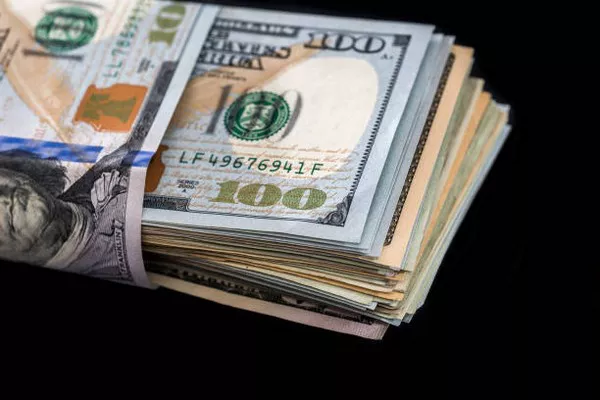June 2025 has proven to be a pivotal month for the development of a U.S. central bank digital currency (CBDC), as the Federal Reserve and major financial institutions launched the first large-scale pilot programs for a digital dollar. The initiative, dubbed “Project Greenback,” aims to test the feasibility of a government-backed digital currency for both retail and wholesale transactions. Unlike cryptocurrencies such as Bitcoin, the digital dollar would be fully centralized and regulated, offering the stability of traditional fiat money with the efficiency of blockchain technology.
The pilot program involves partnerships with several major banks, including JPMorgan Chase and Bank of America, as well as fintech firms like PayPal and Stripe. In its initial phase, the digital dollar will be used for cross-border payments, where delays and high fees have long been a pain point. Early results suggest that transactions settled in digital dollars can be completed in seconds at a fraction of the cost of conventional wire transfers.
One of the most significant implications of a digital dollar is its potential to reinforce the greenback’s dominance in global trade. China’s digital yuan, which has been in testing since 2020, has already gained traction in parts of Asia and Africa. U.S. policymakers see the digital dollar as a critical tool to counterbalance China’s influence and maintain the dollar’s status as the world’s primary reserve currency. Treasury Secretary Janet Yellen recently stated that “the future of money is digital, and the U.S. must lead this transformation to preserve economic sovereignty.”
However, the move has also sparked concerns over privacy and financial surveillance. Civil liberties groups warn that a fully traceable digital currency could give the government unprecedented oversight into individual spending habits. In response, Fed officials have assured that privacy protections will be a key focus of the design process, with options for pseudonymous transactions under consideration.
Meanwhile, the private sector is not standing still. Stablecoins like USDC and Tether continue to grow in popularity, particularly in decentralized finance (DeFi) ecosystems. Some analysts argue that if the Fed moves too slowly, private digital currencies could erode demand for an official digital dollar.
As the pilot programs expand throughout the summer, the debate over the digital dollar’s future will intensify. Its success or failure could shape the global financial system for decades to come, determining whether the U.S. retains its monetary hegemony or cedes ground to rival digital currencies.
You Might Be Interested In:


